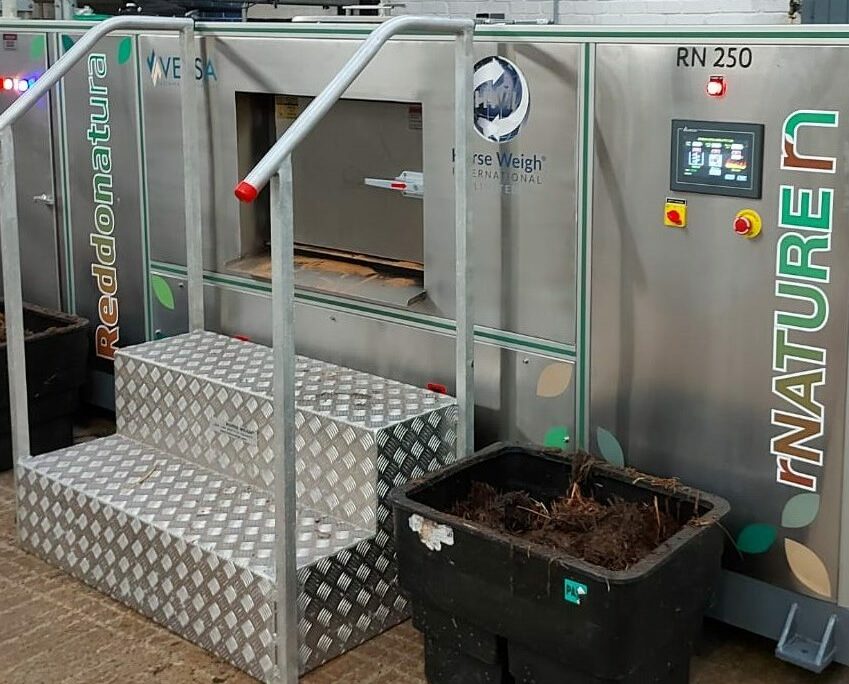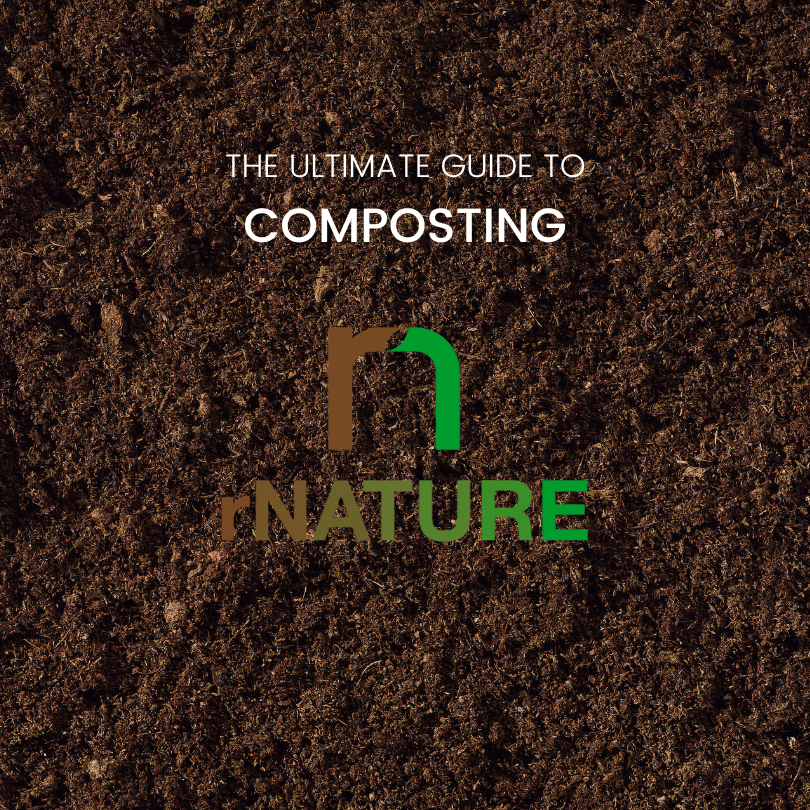Aerobic composting is most common in nature. The aerobic microorganisms break down organic matter and produce carbon dioxide (CO2), ammonia, water, heat, and humus (this is the end product, compost).
The natural heat generated in the process accelerates the breakdown of the proteins, fats, and complex carbohydrates such as cellulose and hemicellulose.
Hence, processing time is shorter than the anaerobic process and providing it reaches a sufficiently high temperature harmful bacteria are destroyed.


Anaerobic composting works without oxygen and is typically carried out in large pits. The organic matter is thrown in and covered in soil allowing the matter to decompose without oxygen. Pile up the waste, cover it and repeat. This is the landfill process.
It’s not only smelly, but harmful to the environment because of the greenhouse gases, methane (CH4), it omits.
Aerobic composting uses oxygen to decompose the organic matter and while this does produce a gas, CO2, this is favourable to the anaerobic process which produces methane which holds up to 25 times more heat. This all contributes to global warming.
The rNature Composting machines use an aerobic process meaning that it’s a sustainable solution to managing your food waste.